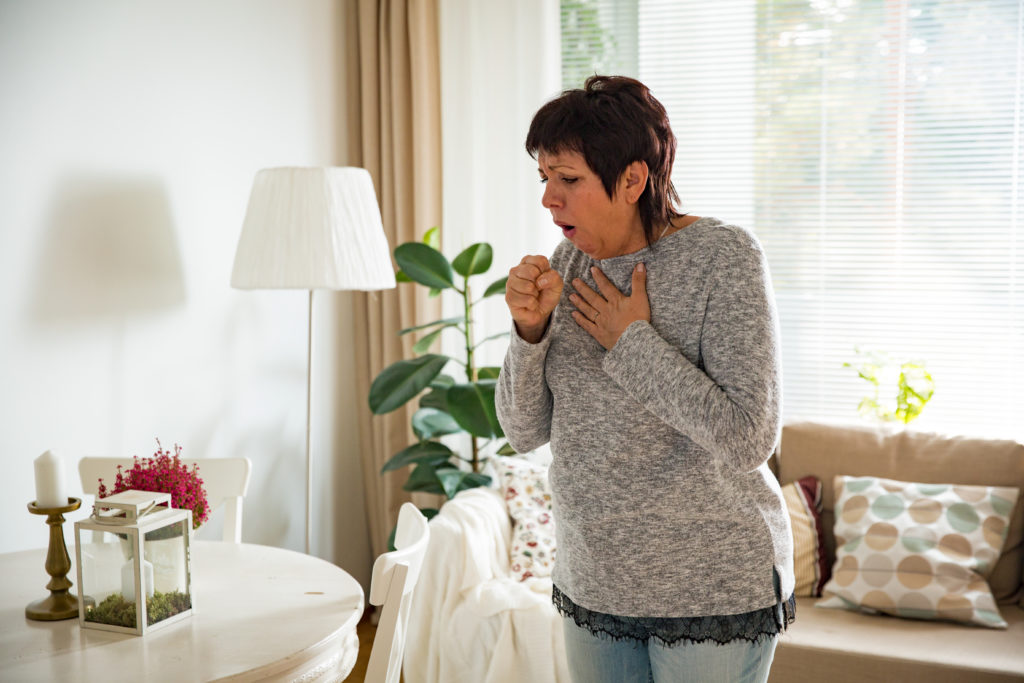People living with diabetes face additional challenges during flu season. This year COVID-19 adds to the confusion about symptoms and our health. One of the reasons it’s recommended to get the flu vaccine is when you get the seasonal flu, it may be more difficult to keep blood glucose in target range. Your immune system may also be more vulnerable to severe cases or complications.
Flu season varies, but it typically starts in October. In previous years, we see the highest number of cases from December through February. The season ends as late as May.
The current pandemic makes it slightly more challenging to know whether or not symptoms are the flu or COVID-19. Keep in mind flu symptoms may include fever, cough, shortness of breath, sore throat, runny nose, aches, and fatigue. COVID-19 symptoms are similar with the main difference being loss of taste or smell. Read more.
Here is some guidance answering frequently asked questions:
What are the recommendations for vaccines?
Always discuss vaccines and your personal health situation with your healthcare provider. The Centers for Disease Control and Prevention (CDC) recommends people with diabetes get the flu vaccine and that it is more important than ever. Read more.
Even though some people may still get the flu with a flu shot, it lowers the risk of other health complications. Flu vaccination is especially important for people with underlying conditions like diabetes.
While the COVID-19 vaccine is still being developed, continue to discuss your options with your healthcare provider when a vaccine becomes available. The CDC will also provide guidance for those with diabetes.
How else can I protect myself against the flu?
Help prevent and decrease your risk of getting the flu and COVID-19 by:
- Washing your hands frequently and thoroughly
- Covering your mouth and nose when coughing or sneezing
- Avoiding touching your face
- Social distancing as much as possible
- Wearing a mask in public spaces
The American Diabetes Association (ADA) recommends other precautions as well, like make a plan and gather supplies in case you get sick. Read more.
When leaving home for work or other essential purposes, make sure you understand local guidelines and policies to keep you and those around you safe. If you can, order groceries or medications to be delivered, or ask a family member or friend to help pickup supplies. Read more.
If you need to use a public gym, be sure to follow guidelines. Exercise outside or at home as much as possible. Read more.
When should I see my doctor?
Healthcare providers are taking precautions, making it possible to have in-person visits with physicians and other members of your care team. Avoid skipping routine appointments to keep your care plans up-to-date. Ask your healthcare providers what precautions and guidelines they have implemented to make your visit safe.
Ask if drive thru flu shot clinics at local pharmacies or hospitals are available, so you can still get vaccinated, even if you are uncomfortable with an in-person visit.
Virtual appointments are also a great option. Technology has come a long way this year. If you use BlueStar, you can even schedule or send a SMART Visit Report to your physician to make the most of your time together. This will provide valuable data about your diabetes journey for your care team.
What should I do if I get the flu?
If you get the flu:
- Check your blood glucose every four hours or as recommended by your HCP. Be aware that illnesses can raise your blood glucose levels. If you are not eating or have a reduced appetite, your blood glucose levels may drop too low
- Drink plenty of fluids to stay hydrated.
- Try to eat your normal meals. Call your healthcare provider if you’re having trouble keeping food down for more than six hours. Read more.




